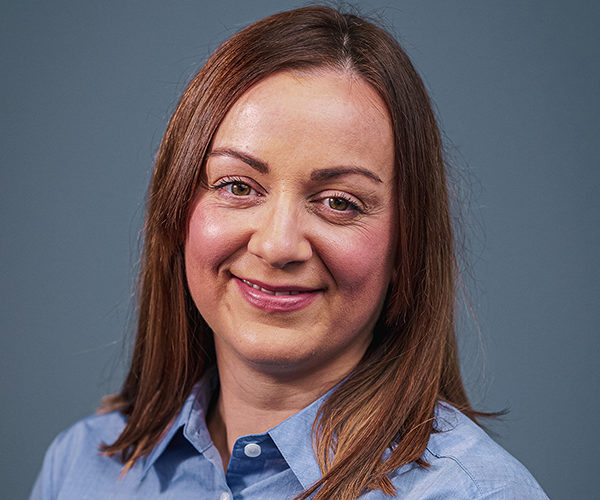Types of Mortgages
Before you choose a specific deal, you need to decide what type of mortgage is the most appropriate for your needs
There are a range of mortgages to suit different circumstances

Like to talk Mortgages?
I am Amanda and would be happy to have a chat about your mortgage requirements and suggest ways we might help. Your property may be repossessed if you do not keep up repayments on your mortgage or any other debt secured on it. Some Buy To Let mortgages are not regulated by the Financial Conduct Authority.
Click Here to ArrangeLearn more about the types of mortgages available
Variable Rate Mortgages
Your monthly payment fluctuates in line with a standard variable rate (SVR) of interest, which is set by the lender. You probably won’t get penalised if you decide to change lenders and you may also be able to repay additional amounts without incurring a penalty. Many lenders won’t offer their SVR to new borrowers.
Flexible Mortgages
These schemes allow you to overpay, underpay or even take a payment ‘holiday’. Any unpaid interest will be added to the outstanding mortgage, while any overpayment will reduce it. Some have the facility to draw down additional funds to a pre-agreed limit.
Tracker Rate Mortgages
Your monthly payment fluctuates in line with a rate that’s lower, or more likely higher than a chosen Base Rate (usually the Bank of England Base Rate). The rate charged on the mortgage ‘tracks’ that rate, usually for a set period of two to three years.
You may have to pay a penalty to leave your lender, especially during the tracker period. You may also be liable to pay an early repayment charge if you overpay on your mortgage during the tracker period. A tracker mortgage may suit you if you can afford to pay more when interest rates go up – and, of course, you’ll benefit when they go down. It’s not a good choice if your budget won’t stretch to higher monthly payments.
Fixed-Rate Mortgages
With a fixed-rate mortgage, the rate stays the same, so your payments are set at a certain level for an agreed period. At the end of that period, the lender will usually switch you onto its SVR.
You may have to pay a penalty to leave your lender, especially during the fixed-rate period. You may also be liable to pay an early repayment charge if you overpay during the fixed-rate period. A fixed-rate mortgage makes budgeting much easier because your payments will stay the same during the fixed-rate period – even if interest rates go up. On the other hand, it also means you won’t benefit if rates go down.
Discounted Rate Mortgages
Like a variable rate mortgage, your monthly repayments can go up or down. However, you’ll get a discount on the lender’s SVR for a set period of time, after which you’ll usually be switched to the full SVR.
You may have to pay a penalty for both overpayments and early repayment and the lender may choose not to reduce (or to delay reducing) its variable rate – even if the base rate goes down.
Discounted rate mortgages have the advantage of offering a gentler start to your mortgage repayments, at a time when money may be tight. However, you must be confident that you’ll be able to afford your repayments when the discount period ends and the rate increases.
Offset Mortgages
An offset mortgage enables you to use your savings to reduce both your mortgage balance and the interest you pay on it. For example, if you borrowed £200,000 but had £50,000 in savings, you would only have to pay interest on £150,000. Offset mortgages are generally more expensive than standard deals – but they can reduce your monthly
payments whilst still allowing you to access your savings.
Government-Backed Mortgages
In recent years, the government has backed a number of schemes (the ‘Help to Buy’ and ‘Shared Ownership’ schemes, for example) to support aspiring homebuyers. We can explain how these schemes work and whether you meet the eligibility criteria to benefit from them.
Repayment Methods
The two most common ways of repaying your mortgage are capital repayment and interest only
Capital Repayment
On a repayment mortgage, your monthly payments will partly go towards repaying the interest accrued on the money you’ve borrowed and partly towards repaying the capital sum (i.e. the amount you borrowed).
The benefit of capital repayment is that you’ll be able to see your outstanding mortgage reducing each year (albeit very slowly in the early years), and you are also guaranteed that your debt will be repaid at the end of the mortgage term, as long as you keep up your payments.
On a capital repayment mortgage, the shorter the term you pay your mortgage over the bigger your monthly payments will be. By having a longer-term, you may benefit from a lower monthly payment, but you will also pay more interest to the lender over the mortgage term.
You will need to think about how soon you want to be ‘mortgage free’ and weigh this up against a mortgage term that makes your monthly repayments affordable.
Capital repayment is the most common way of repaying your mortgage.
Interest Only
For an interest-only mortgage, your monthly payments will only cover the interest on your mortgage balance. The capital you owe (i.e. the amount you borrowed) will not go down and you will need to repay this in full at the end of your mortgage term. This means you will need to make a separate investment or combination of investments to generate the capital required, and you will also need to prove that you can afford to do this.
You should bear in mind that the value of investments can go down as well as up and you may not get back the original amount invested. For an interest-only mortgage, the lender will need to see your plan for repaying the loan when the interest-only period ends. If you fail to generate enough to repay your mortgage by the end of the mortgage term, you may be forced to sell your property.
With an interest-only mortgage, you must be able to demonstrate how you will repay the capital sum at the end of the term.
It pays to think carefully before choosing a mortgage
Like all aspects of financial planning, it is sensible to speak to an expert before choosing which type of mortgage to commit to. We can advise on the options which may be prudent to consider.
